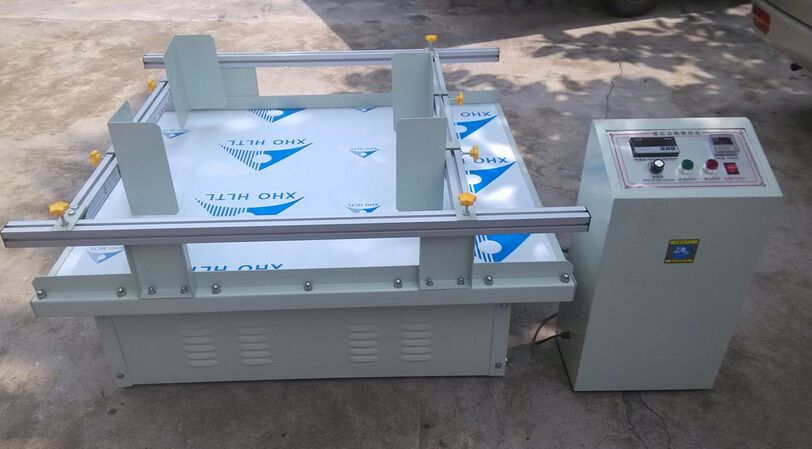ISTA 3A Vibration Simulation Test
The ISTA 3A Vibration Simulation Test is a critical component of packaging testing designed to ensure that product packages can withstand the rigors of transportation and handling. This test simulates the vibrations encountered during transport, focusing on the dynamic conditions that packages may face in transit by road, rail, or sea.
The primary purpose of ISTA 3A is to evaluate how well a package will perform under various types of vibration and shock loading scenarios. This includes both static and dynamic tests which assess the impact of vibration on the integrity of the packaging. The test helps manufacturers identify potential weaknesses in their designs early in the product development cycle, ensuring that packages are robust enough to protect products during shipping.
The procedure involves placing a sample package into an environmental chamber where it is subjected to controlled vibrations and accelerations. These conditions replicate real-world transport environments such as road bumps, rough seas, or changes in altitude which can cause significant stress on the packaging materials. By subjecting packages to these simulated environments early in the design phase, companies can make informed decisions about material selection, cushioning options, and overall package construction.
One of the key aspects of ISTA 3A is its emphasis on replicating actual transportation conditions accurately. This ensures that any issues identified during testing are directly related to the packaging's ability to protect goods under realistic circumstances rather than idealized laboratory conditions. The test also considers factors like frequency, duration, and intensity of vibrations which can vary greatly depending on the mode of transport used.
After completing the vibration simulation test, the package is examined for signs of damage or failure. Any defects found during this inspection are noted and recorded for future improvements in packaging design. If necessary, adjustments may be made to strengthen vulnerable areas before proceeding with additional testing or finalizing production processes.
The ISTA 3A Vibration Simulation Test is widely used across industries where product integrity is paramount, including pharmaceuticals, electronics, automotive parts, and consumer goods. Its rigorous standards help ensure that packages not only meet internal quality control requirements but also comply with international regulations governing safe shipment practices.
By incorporating ISTA 3A into their quality assurance programs, companies demonstrate a commitment to excellence in packaging design and manufacturing processes. This proactive approach contributes significantly to reducing waste associated with damaged goods during transit while enhancing customer satisfaction through reliable deliveries.
Benefits
- Enhances product protection during shipment
- Promotes compliance with international transportation regulations
- Reduces waste due to damaged goods
- Improves customer satisfaction through reliable deliveries
- Supports sustainable practices by optimizing packaging efficiency
- Facilitates early identification of design flaws
Competitive Advantage and Market Impact
- Puts companies at the forefront of industry standards for package durability.
- Reduces costs associated with damaged products by identifying issues earlier in the supply chain.
- Strengthens brand reputation through consistent product quality.
- Aids in regulatory compliance ensuring that all shipments meet necessary safety and integrity requirements.





